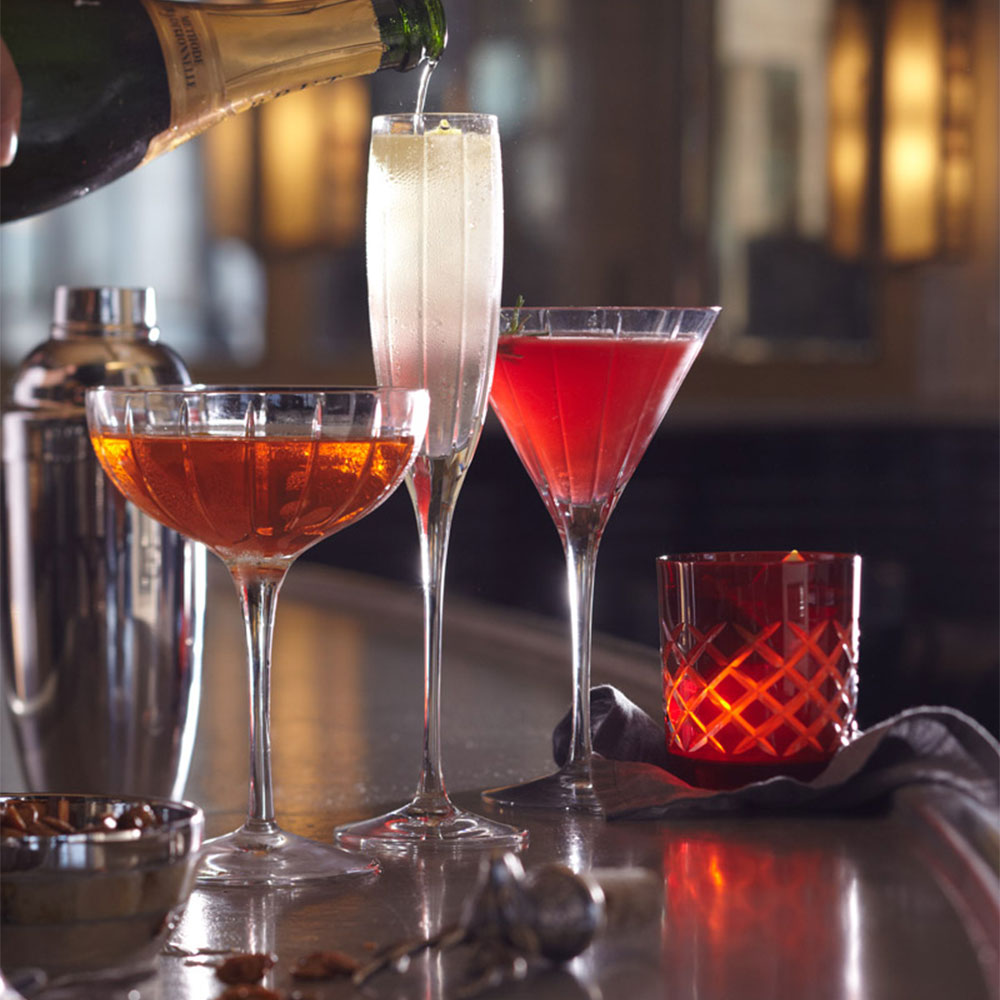
Miles Macquarrie, beverage director of Kimball House and Watchman’s in Atlanta, is a member of our 2021 Chef’s Collective and a man with a penchant for bubbly. He was a natural pick for our Beverage Academy class devoted to Champagne cocktails.
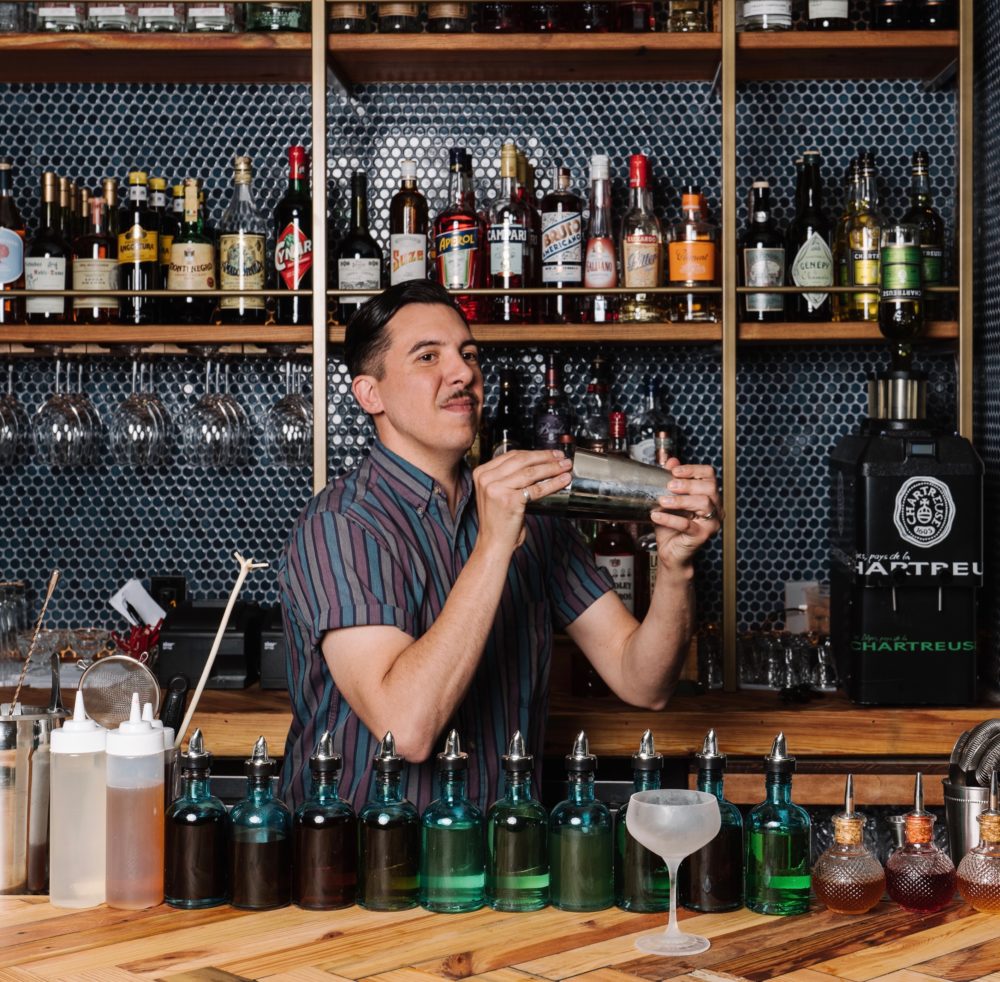
We’re excited that Miles has another class coming up on March 31, in the series that famed Texas bar owner Alba Huerta is hosting. (And hey, if you sign up for all the classes, you get Zoom links to the ones you missed! Why Netflix and chill when you can have happy hour class every night for weeks?)
Here are a few of the many awesome things we learned about Champagne cocktails from Miles’s class.
1. They’re a Dream With Oysters
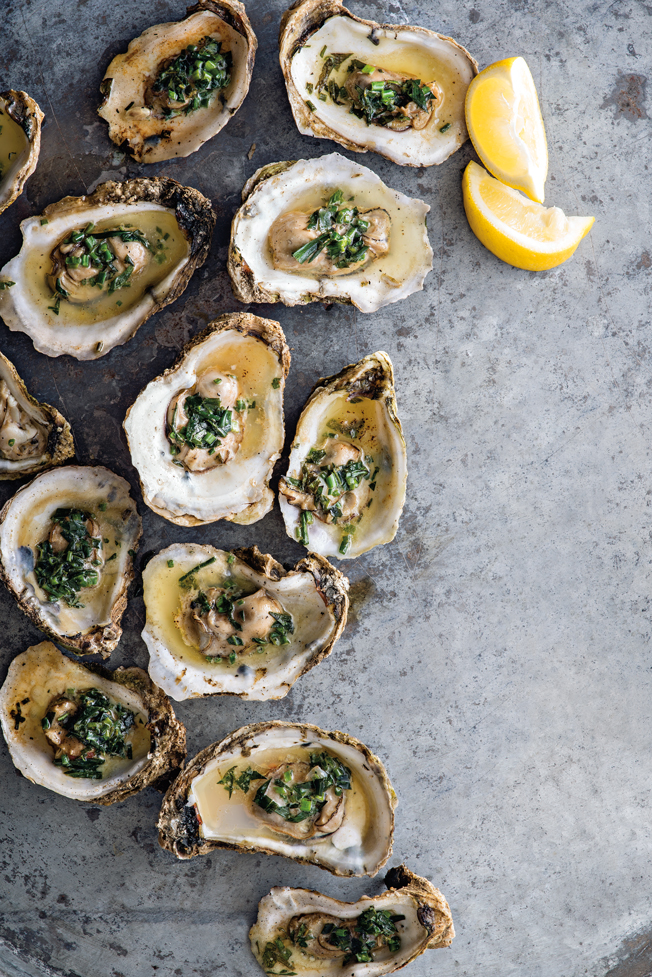
As Miles points out, “Absinthe and oysters are a historical pairing in France. Cocktails and oysters are a historical pairing in America. Champagne and oysters are a pairing everywhere.” In addition, he notes, “people think shucking oysters at home isn’t easy,” but in essence, all this time at home has helped folks build confidence. At Kimball House, he’d sell bags of oysters and knives to customers along with drinks, and bartenders would sometimes do a quick how-to. He’s so interested in the combo—both of his bars have extensive raw seafood offerings—that he’s farming his own oysters down in Florida!
2. 5 ½ Twists of the Champagne Cage!
Who hasn’t lost a ton of bubbly when opening a bottle with panache? (Raises hand, blushing.) So leave the cage on and your hand at the ready; five and a half twists of the cage will do the trick every time for easing the cork out gently from underneath. It’s a bartenders’ trick, and now it’s yours. (Don’t lose all that precious bubbly, silly!)
3. Make Simpler Simple Syrup
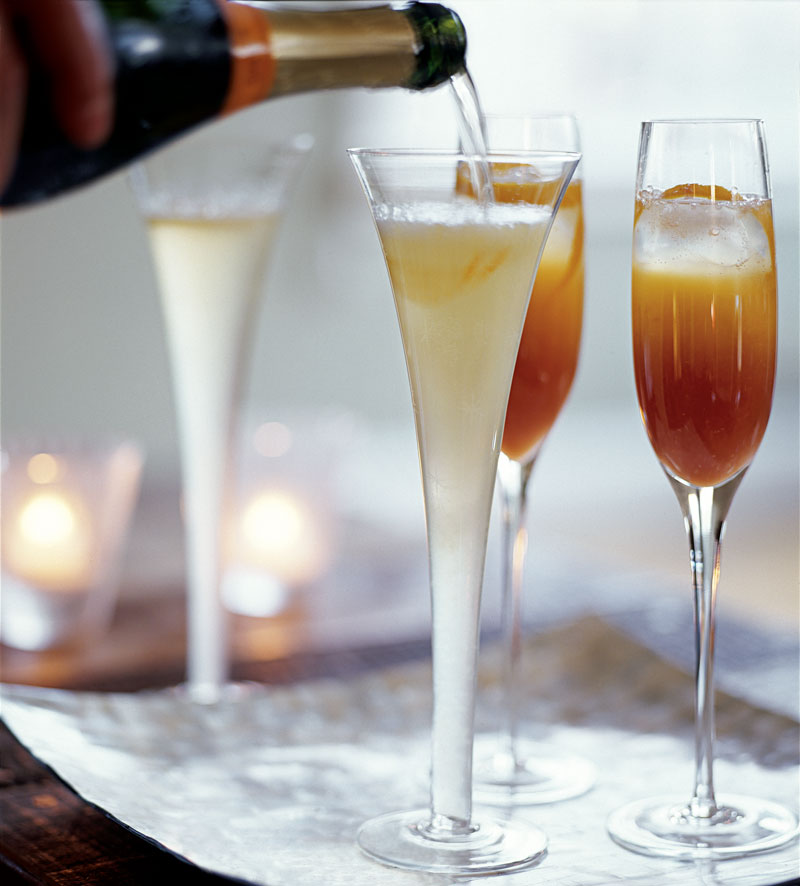
Invariably, simple syrup recipes—the 1:1 mix of sugar and water needed for many Champagne cocktails—will ask you to boil the two together. Don’t. Miles suggests you simply use hot water and sugar, because boiling the two will reduce the mixture, alter the amount of water, and complicate your cocktails. No one wants that!
4. Use a Teaspoon, Not a Barspoon
Pay close attention, says Miles, and you’ll see teaspoons behind the bars of your favorite watering holes. “We tend to like those better than barspoons,” says Miles, because “barspoons can vary a lot in size.” Noted!
5. Don’t Use the Good Stuff
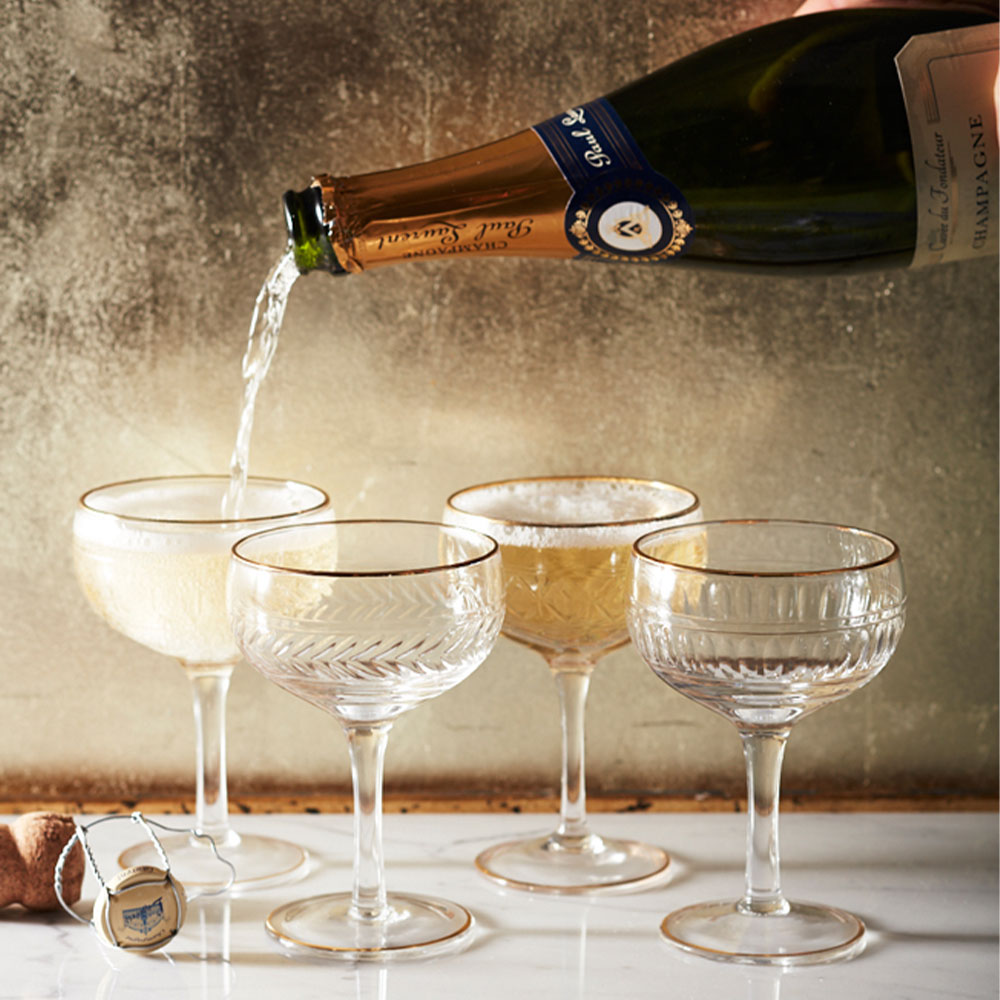
More often than not, a dry Cava or Prosecco will do the work you need it to do in a Champagne cocktail. There’s no need—usually—to pay what real Champagne costs when you’re using it in a cocktail, points out Miles.
6. Stir Champagne Cocktails Gently
Just topped off Miles’s Parisian fizz—watch the class for the recipe, inspired by Harry’s Bar in Paris—with bubbly? Great! Don’t agitate the drink too much as you stir it, which will diminish the bubbles.
If you want to see what Miles can do before committing to the class, no problem! Break out some ceviche, crudo or fried seafood—fried food goes beautifully with bubbles—and make what he calls the “bright, loud” Rhum Royale, sparkling with lime juice, Chartreuse and bubbly. You’re gonna love it. Cheers!

1 comment
Cool tips!